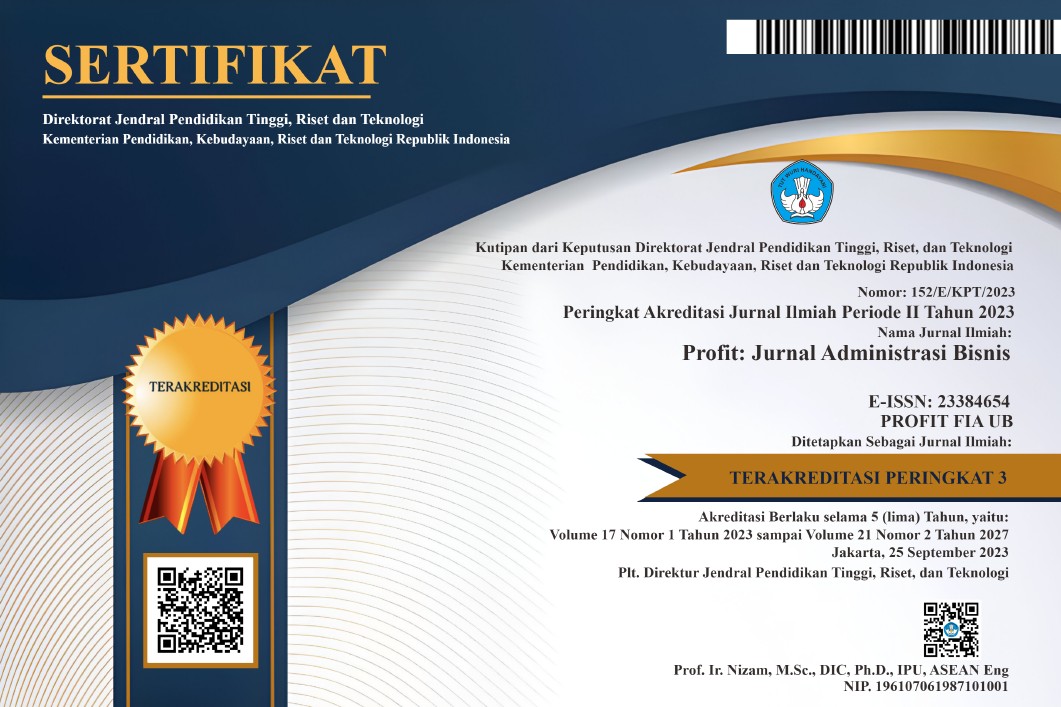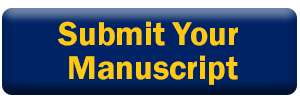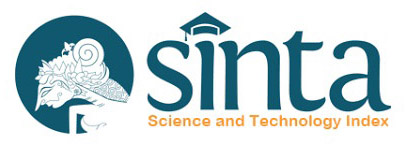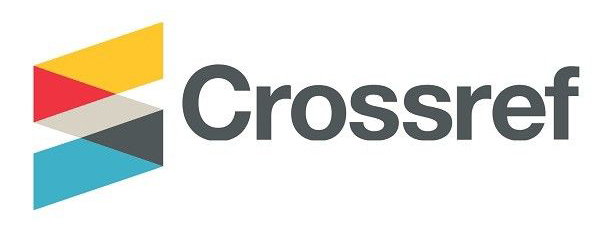Strategies for Facing Environmental Dynamics in the Industrial Age 4.0 Using Learning Organization
DOI:
https://doi.org/10.21776/ub.profit.2021.015.02.2Keywords:
Learning Organization, Human Resources, Industrial Age 4.0Abstract
Competition in the industrial era 4.0 or today's distracting era is a necessity, especially in the business world. Thus, companies must prepare qualified and responsive human resources to change because they are needed in maintaining the existence and productivity of the company is facing the dynamics of business competition. Namely human resources who have conceptual skills, humans’ skills, technical skills, and technological literacy. Many factors can support the development of organizations and human resources, for example, a strong organizational culture and learning organizations. The implementation of learning organization in a company aims to develop the quality of human resource development and the quality of organizational performance because it can accelerate the organizational learning process and increase its ability to adapt to change and anticipate changes in the dynamics of the business environment in the future. Knowledge-based HR development requires a learning process based on self-learning and organizational learning. The competitive advantage obtained by developing human resources owned and carried out by the company can be used as a source of strength in facing competition and the dynamics of the business environment in the industrial era 4.0 which is complex and not easily imitated by competitors.
Â
References
Aggestam, L. (2006). Learning Organization or Knowledge Management: Which Came First,†Information Technology and Control. 35(3A) 295-302
Arganoda, A. (2005). Fostering Values in Organizations. Journal of Business Ethics, 45 (1) 23-39.
Argyris, C. & Schön, D. (2008). Organizational learning II: Theory, method and practice, Vol. 1. Boston: Addison-Wesley
Argyris, C. and Schon, D. (1996). Organization Learning II: Theory, Method and Practice. Addison- Wesley, Reading, MA.
Bateson, J. E.G. (2012). Managing Service Marketing. 12nd Edition, Orlando: Dryden Press.
Braham, Barbara J. (2003). Creating A Learning Organisation, Terjemahan dari Fast-Track MBA Series. Jakarta: PT Elex Media Komputindo
Cicmil, S. & Kekale, T. (2016). Implication Learning Organization and Individual Learning for Effective Change Management in Education – an Exploratory Study of Management Practices in Elementary Schools in England and Finland. Journal of Workplace Learning. 9 (5) 169-176
Cyert, R. M., & March, J. G. (1963). A Behavioral Theory of the Firm. Englewood Cliffs, Ny : Prentice – Hall
Dale, M. (2003). Developing Management Skill (terjemahan), Jakarta: Gramedia
Drucker, P.F. (1992). Managing for the Future, New York: Buttrworth
Efimova, L. and J. Swaak, (2002). KM and (e)-learning: towards an integral approach? Proc. KMSS02, EKMF, Sophia Antipolis 4: 63-69.
Garvin, D.A. (1998). “Building a Learning Organization. Boston: Harvard Business Review
Gheradi, S., Nicolini, D. and Odella, F. (1998). Towards a Social Understanding of how People learn in Organizations. The Notion of Situated Curriculum. Management Learning 29 (3), 273-297.
Jones, AM and Hendry, C. (1994). “The learning organization: adult learning and organizational transformationâ€, British Journal of Management. 5 (1) 153-162.
Jones, Gareth, R, (2007). Organizational Theory, Design, and Change (5rd edition). New Jersey: Pearson Education Inc.
Jubaedah, Edah. (2010). Analisis Konseptual Organisasi Pembelajaran (Learning Organization) sebagai Teori Organisasi Kotemporer. Jurnal Ilmu Administrasi. 4 (1) 273-281.
Kabul, Lalu Muh. (2016). Organisasi Pembelajaran: Teori dan Realita. Journal Ilmiah Rinjani. 3(1) 109-115.
Kharabsheh, R. (2007). A model of Antecedents of Knowledge Sharing. The Electronic Journal of Knowledge Management. 5(4) 419-426.
Liu. H.L (2011). The Influence of Employee’s Perception to Organizational Culture and Organizational Learning on their Attitude of Resistance to Change. Thesis (online). National Sun Yat Sen University. (http://cm.nsysu.edu.tw/~cyliu/ diakses 7 Mei 2016). 74-90
Miarso, Y. (2007). Menyemai Benih Teknologi Pendidikan. Jakarta: Kencana Perananda media grup.
Pedler, M., Burgogyne, J. and Boydell, T. (1997) . The Learning Company: A strategy for sustainable development. 2nd Ed. London; McGraw-Hil
Pfeffer, J. (1996). The Art to Maintance human Resources, New York: Mc.Graw Hill Company.
Probst, G.J.B. & Buchel, B.S.T. (2013). Organizational Learning. (3rd Edition) Hertfordshire: Prentice Hall Europe
Reich, B. H. Kelner, J.H, & John, B.R. (2019). Developing better theory about project organizations. International Journal of Project Management. 31(7) 938-942..
Senge, P.M. (2011). The fifth discipline, the art and practice of the learning organization. Random house: Doubleday
Setyadin, B. (2010). Hubungan Organisasi Pembelajar, Budaya Organisasi Sekolah, Kepemimpinan terhadap Motivasi dan Perubahan Organisasi dalam Peningkatan Kinerja SMAN di Jawa Timur. Disertasi. Universitas Negeri Malang
Tompkins, Jonathan, R., 2005. Organization Theory and Public Management. Thomson Learning Inc, USA.
Downloads
Published
Issue
Section
License
The copyright of the received article shall be assigned to the journal as the publisher of the journal. The intended copyright includes the right to publish the article in various forms (including reprints). The journal maintains the publishing rights to the published articles.

This work is licensed under a
Creative Commons Attribution-NonCommercial 4.0 International License

















